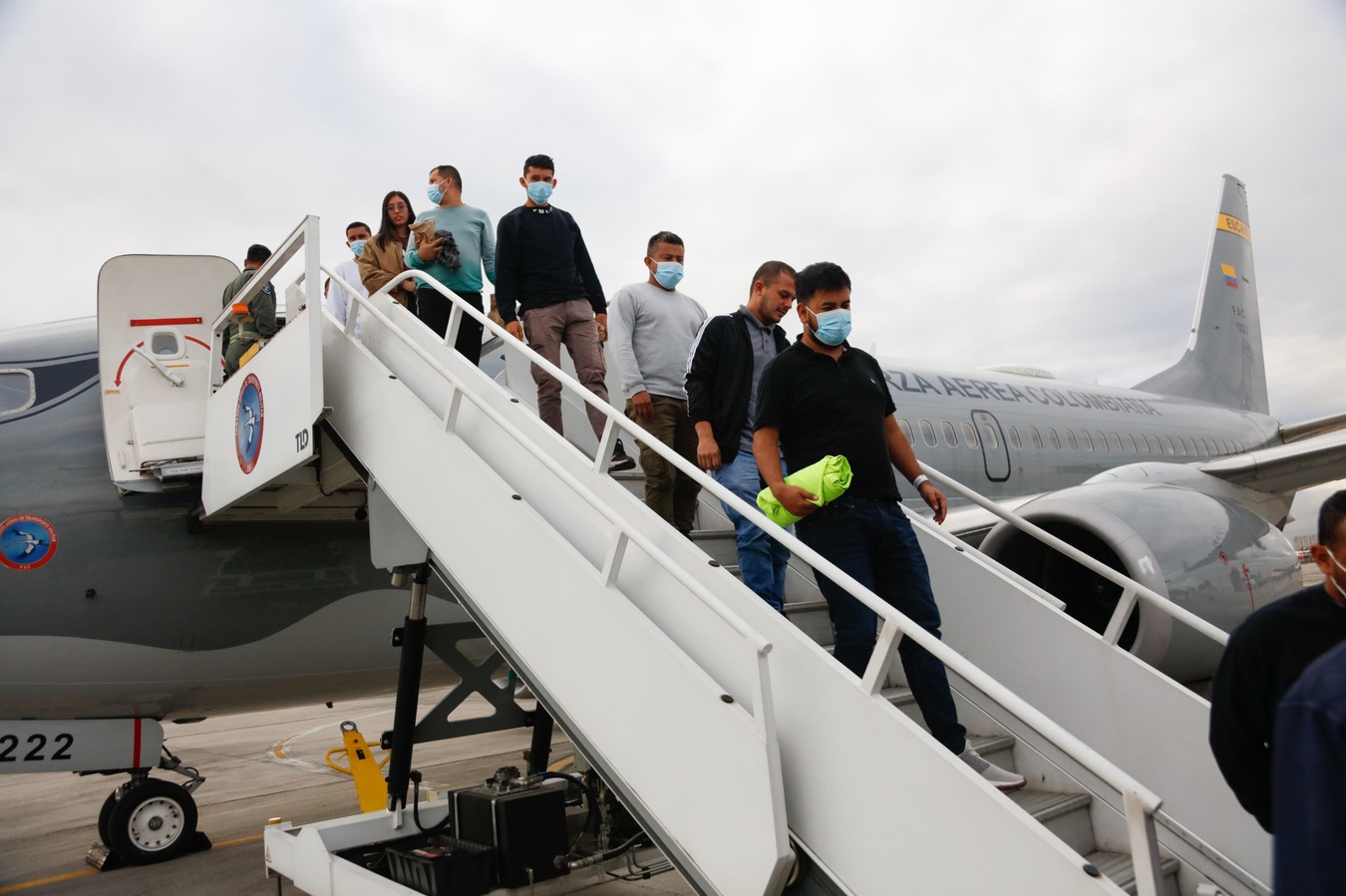In Historic Move, Cuba Alters Migration Policy
In Historic Move, Cuba Alters Migration Policy
The government in Havana changed the country’s Migration Law, allowing some Cubans to travel abroad without an exit permit. But questions remain about lingering restrictions.
In the Caribbean island’s first major migration reform in half a century, the Cuban government announced on October 16 it would implement a new policy allowing Cubans to travel abroad with only a passport and visa from their destination country. The news happens to come during the 50-year anniversary of the Cuban missile crisis this week. Due to go into effect on January 14, Cubans will no longer have to obtain a letter of invitation from a person living outside the country, nor will they have to purchase the costly exit permit. The new policy allows Cubans to remain outside the country for up to 24 months with the possibility of an extension—without losing residency, property, social security, and other rights. Currently, the limit for time spent outside of the country stands at 11 months before Cubans lose these benefits. While the reform offers potential for expanded freedom for Cubans and continued economic openings, the change raises questions about ongoing government travel restrictions and visa policies in neighboring countries.
The policy shift is the latest in changes rolled out over the past four years by President Raúl Castro, who expanded self-employment, legalized property and car purchases, and began leasing government land to private farmers. The reform modified Cuba’s Migration Law, though the government didn’t specify if the changed legislation would impact Cubans living abroad who need permission to enter the country. State-run newspaper Granma noted that more changes could be on the way. “In due course, other measures related to the migratory issue will be adopted that will certainly help in the consolidation of the efforts being made by the Revolution towards the full normalization of Cuba’s relations with its emigrants,” it said. Allowing Cubans to travel could spur an increase in remittances and permit them to work abroad on a temporary basis before returning home. “By removing a state barrier to leave, this reform could lead to a large outflow—many of whom will eventually want to come to the United States—or it could begin to allow a circular flow of people that could enhance the economic opening of the island,” American University international affairs professor Robert Pastor told The New York Times.
However, some warn that the new policy could have its limits. The Granma article included the caveat that "the update to the migratory policy takes into account the right of the revolutionary state to defend itself…[M]easures will remain to preserve the human capital created by the Revolution in the face of the theft of talent applied by the powerful.” Doctors, scientists, engineers, military officers, and other professionals potentially face travel restrictions to avoid a brain drain. Dissidents who were previously denied exit visas still remain uncertain about being able to travel. Furthermore, questions may arise over the issuing of passports, which the government could limit. The altered Migration Law lists nine conditions for which Cubans may not receive passports, including “reasons of public interests as determined by the responsible authorities” and “having obligations to the Cuban state.” Cubans may not be able to afford a plane ticket, or may be unable to secure visas to other countries.
In fact, visa policies in neighboring countries could eventually change as a result of the reform. Currently, the United States employs the “wet foot, dry foot” policy, allowing Cubans who enter the United States to stay, but deporting those intercepted at sea. On Tuesday, U.S. State Department spokesman William Ostick said the United States welcomed the change, but remained cautious. “Like the Cuban people, we await further information on how the changes in travel rules are implemented. We are also looking at the possibility that changes to Cuba’s exit visa regulations may cause a change in migration patterns from Cuba,” he wrote in a statement. Other Latin American countries could see increased migration from Cuba. Prior to the announcement, Mexico reported a rise in Cuban migration. In the first quarter of the year, 686 Cuban migrants came—a 334 percent increase from the same period in 2011. From March to June 2012 alone, over 1,400 Cubans entered from Central American countries. The U.S. Customs and Border Patrol reported that over 4,000 Cubans entered the United States via the Mexican border in the first half of this year. Cubans also migrate to other Latin American countries in the hopes to make it to the United States; an estimated 5,000 Cubans are in Ecuador, many en route north, and at least 900 Cubans sought refugee status in Costa Rica this year.
In other Central American and Caribbean news:
- During a meeting on Monday with German Chancellor Angela Merkel, Panamanian President Ricardo Martinelli said his country would explore the possibility of using the euro as a legal currency. Panama currently uses the American dollar, and Martinelli explained he would be open to using both currencies.
- On October 12, Guatemala’s Congress began considering a proposal to allow for government participation in the country’s mining sector and to alter the mining code. The changes would exclude consulting with local communities, creating a state-run mining fund to distribute 55 percent of royalties to mining towns, and put 40 percent of royalties into a special fund.
- William Brownsfield, the U.S. “drug czar” and assistant secretary of state for the Bureau of International Narcotics and Law Enforcement Affairs visited the Dominican Republic this week to discuss ongoing support for the country’s anti-drug trafficking efforts. Brownsfield met with President Danilo Medina and General Rolando Rosado, head of the country’s drug enforcement, who warned last year that Mexican cartels had left Central American routes and turned instead to the DR’s Atlantic coast.








